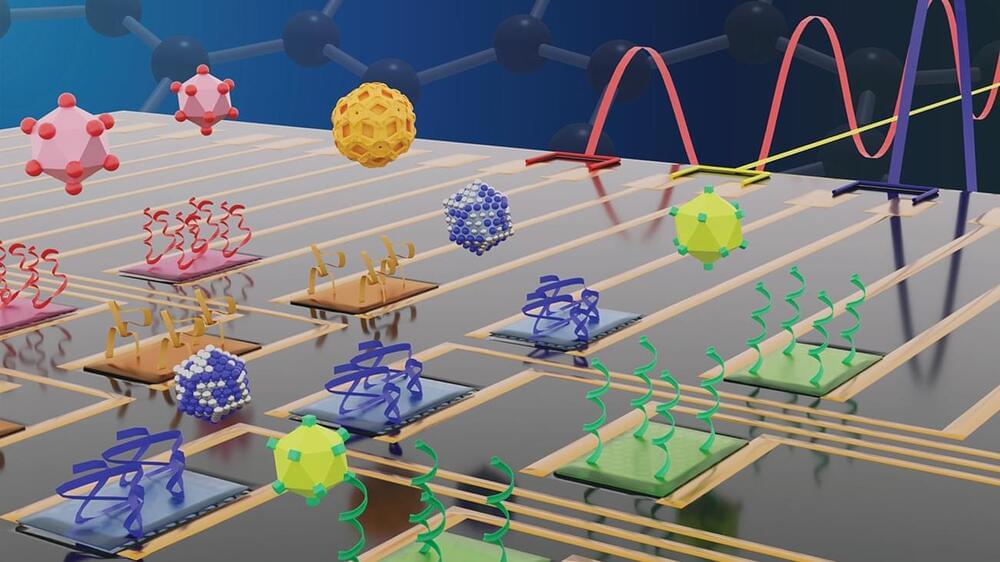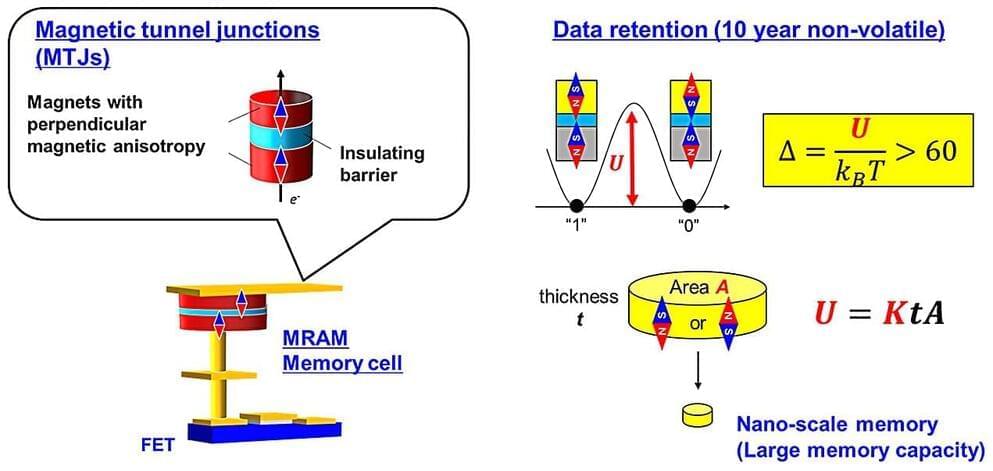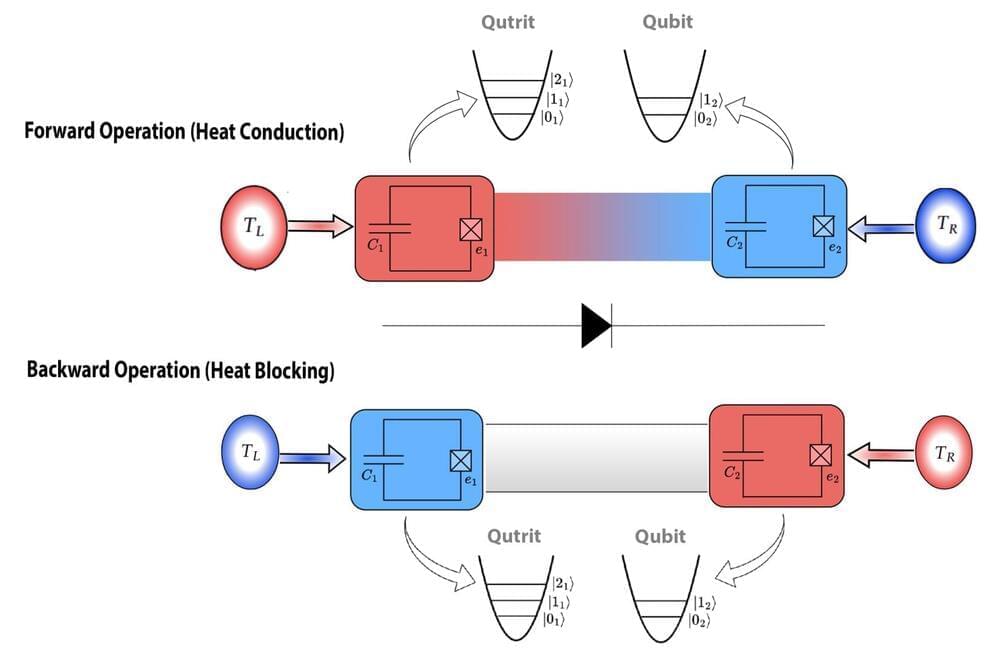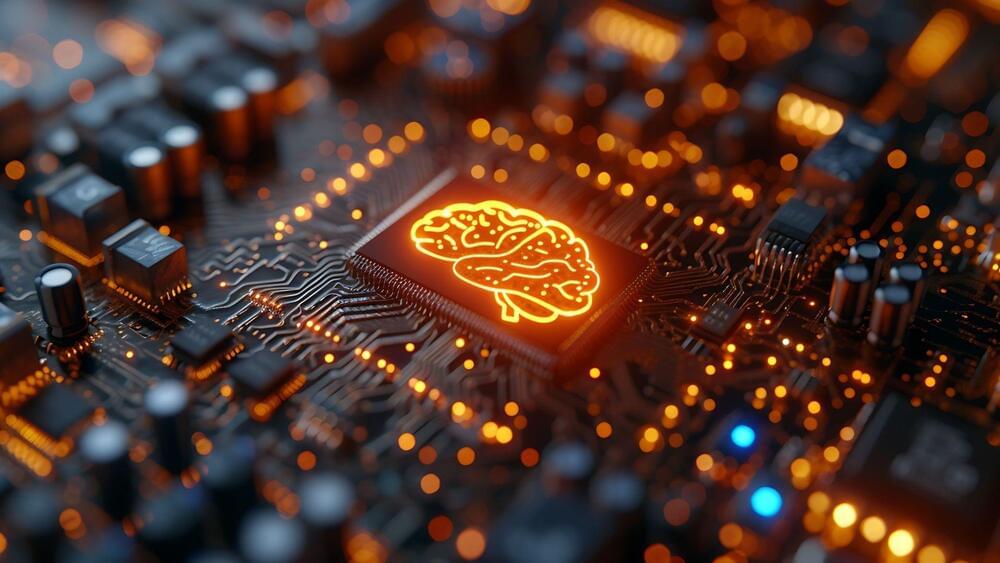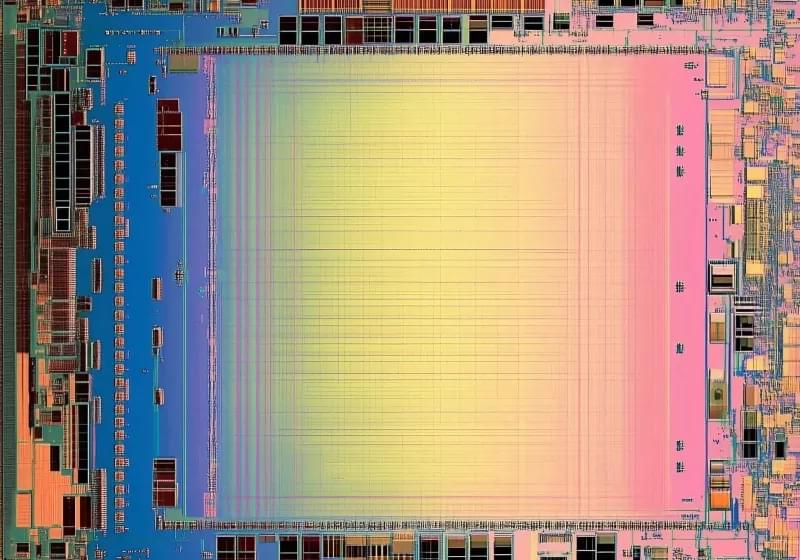In a pioneering move for quantum technology, Nanyang Technological University (NTU) and the National University of Singapore (NUS) have launched AQSolotl, a deep-tech startup presenting CHRONOS-Q —a state-of-the-art quantum controller designed to integrate classical computing systems with quantum computers. This innovation positions Singapore at the forefront of the global quantum ecosystem, with wide-ranging applications across industries.
CHRONOS-Q tackles the complexity of controlling quantum computers by acting as a translator between classical and quantum systems. It enables efficient control via standard computing devices, features an intuitive interface, and significantly reduces operational barriers, paving the way for broader adoption. Its modular, compact design ensures scalability and suitability for diverse environments, from research labs to mobile quantum setups.
With groundbreaking speed—determining qubit states in under 14 nanoseconds—and customizable firmware, CHRONOS-Q promises cost-effective, future-proof solutions for academia and industry. The startup’s founders, including Professor Rainer Dumke from NTU and CEO Patrick Bore, emphasize the transformative potential of accessible quantum computing for solving global challenges.


